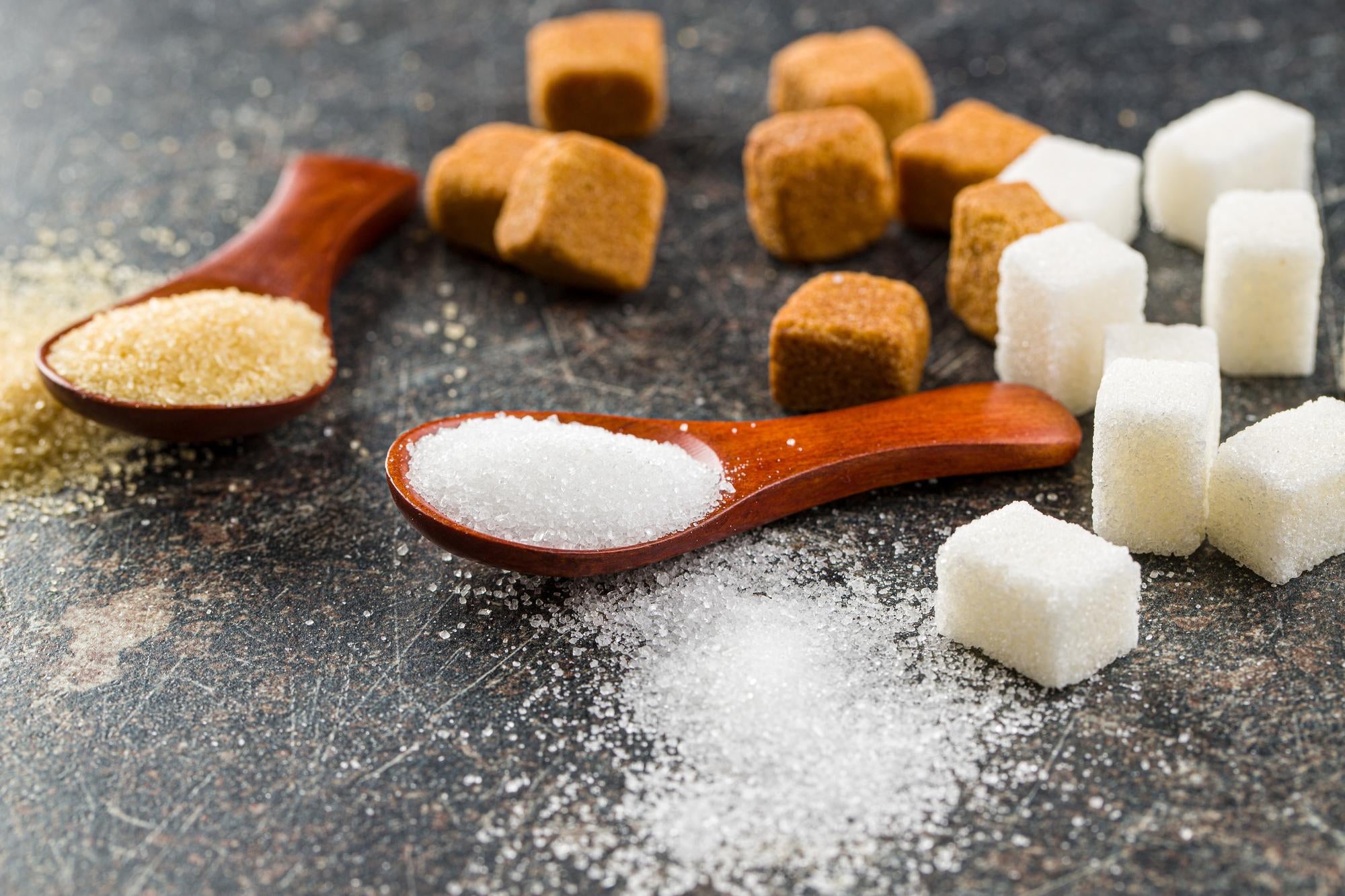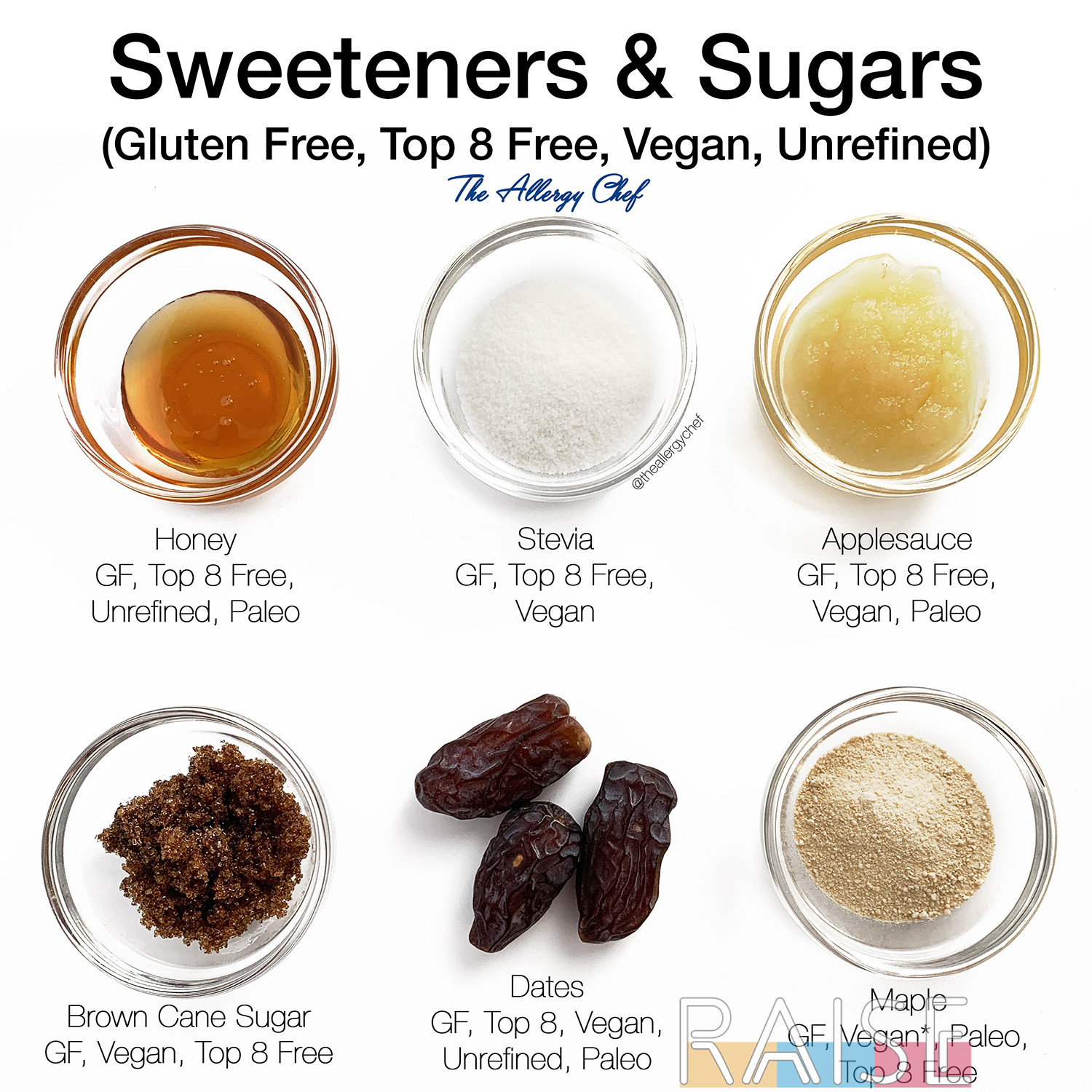The Ultimate Comparison: Beet Sugar vs. Cane Sugar Explained
The contrast in between beet sugar and cane sugar provides an interesting exploration of 2 primary sugar in the cooking world. While both sugars share a typical make-up of sucrose, their beginnings, processing methods, and flavor accounts diverge substantially. This difference extends beyond preference, influencing nutritional elements and environmental influences connected with their production - beet sugar vs cane sugar. As we navigate through these various aspects, the effects for both manufacturers and customers become significantly noticeable, raising a critical question: which sugar truly preponderates in the complex landscape of sweetness?
Beginnings of Sugar Resources
The beginnings of sugar resources are mostly rooted in two distinctive plants: the sugar beet and the sugar cane. Sugar cane, a tropical lawn indigenous to Southeast Asia, has actually been grown for over 2,500 years.
On the other hand, sugar beet is a relatively contemporary resource, developed in Europe throughout the late 18th century as a feedback to sugar cane lacks. The plant thrives in warm climates, making it appropriate for farming in regions such as France and Germany. The effective removal of sugar from beetss noted a substantial agricultural innovation, as it offered a different to cane sugar, especially throughout periods of trade interruption.
Both plants have actually played important duties fit the worldwide sugar sector. Their distinct growth settings and historical contexts show the variety of sugar sources, eventually affecting local agricultural techniques and financial advancement.

Handling Techniques Described
Various processing approaches are used to remove sugar from both sugar beet and sugar cane, each customized to the certain features of the resource product. In the situation of sugar beetss, the process begins by gathering the root and after that cleaning it to get rid of dirt and contaminations.
Conversely, sugar cane handling includes a various method. The clarified juice is focused through dissipation, similar to beet sugar processing, prior to crystallization occurs. Both processes finish in the production of raw sugar, which may undergo more refining to achieve the wanted purity and high quality.
Nutritional Distinctions

When contrasting beet sugar and cane sugar, notable nutritional differences emerge, though they are usually refined. Both kinds of sugar are mainly composed of sucrose, providing approximately the same caloric web content-- roughly 4 calories per gram. The differences lie in their trace mineral content and the presence of particular substances that might have very little nutritional implications.
Beet sugar has tiny quantities of iron, calcium, and potassium, while cane sugar typically offers a little greater concentrations of these minerals. Additionally, cane sugar may keep even more all-natural molasses during processing, which can add to map amounts of antioxidants and various other helpful compounds. This is particularly real for much less polished ranges, such as raw cane sugar.
Regardless of these differences, both beet and cane sugars are predominantly made up of straightforward carbohydrates, with a high glycemic index, leading to similar results on blood glucose levels. While there are minor dietary differences, the overall health and wellness effect of consuming either kind in moderation stays largely equal. People looking for to decrease sugar consumption for wellness reasons ought to think about both forms with equivalent analysis, focusing on total dietary patterns as opposed to the source of sugar
Taste Accounts Compared
Taste accounts of beet sugar and cane sugar display distinct features that can affect their cooking applications. Cane sugar, often regarded as having a more intricate, nuanced sweet taste, is obtained from the tall grass of the sugar cane plant.
On the other hand, beet sugar, extracted from sugar beetss, is known for its cleaner, extra uncomplicated sweetness. This quality makes it especially suitable for dishes needing a neutral sweetening agent that permits other tastes to radiate. Some cooking specialists argue that beet sugar might leave a somewhat earthy aftertaste, which can be undesirable in fragile treats.
Moreover, the understanding of sweetness strength ranges the two, with some tasters determining cane sugar as sweeter compared to beet sugar at comparable measurements. Inevitably, the option between beet and cane sugar might depend upon the specific application, with each sugar offering special attributes that can improve or enhance numerous recipes. Understanding these differences enables for informed choices in recommended you read cooking methods.

Environmental Influence
The environmental influence of sugar production-- whether from beet or cane-- has actually gathered increasing focus in current years because of its effects for sustainability and ecological health. Both sugar sources display distinctive ecological impacts, affected by farming methods, land usage, and resource intake.
Cane sugar production often requires big locations of tropical land, which can cause logging and loss of biodiversity. Additionally, the growing of sugarcane is regularly related to high water usage and considerable chemical and plant food application, contributing to soil deterioration and water air pollution.
Conversely, beet sugar is primarily expanded in pleasant regions, normally calling for much less water and land. However, its growing can still include the usage of chemical inputs, impacting regional environments. The energy-intensive handling of beet sugar can add to greenhouse gas exhausts.
Lasting farming techniques and innovations in innovation are necessary for minimizing the ecological influences of sugar manufacturing. Organic farming approaches, incorporated pest management, and efficient water usage can enhance the sustainability of both beet and cane sugar industries, inevitably bring about a lowered eco-friendly impact and a much healthier earth.
Verdict
In summary, the comparison in between beet sugar and cane sugar highlights both similarities and distinctions that influence their application. While both kinds of sugar share a primary make-up of sucrose, their taste profiles, refining techniques, and environmental influences differ significantly. Cane sugar is characterized by its intricate sweetness, while beet sugar provides a more uncomplicated taste. Inevitably, the option between these 2 sugars should be assisted by particular environmental factors to consider and culinary demands, enabling for educated decision-making.
The origins of sugar resources are mainly rooted in 2 distinct plants: the sugar beet and the sugar cane.Various handling approaches are utilized to remove sugar from both sugar beet and sugar cane, each customized pop over here to the specific attributes of the resource material.Beet sugar has little quantities of calcium, potassium, and iron, while cane sugar generally supplies slightly higher focus of these minerals.Regardless of these differences, both beet and see post cane sugars are primarily made up of straightforward carbohydrates, with a high glycemic index, leading to comparable results on blood sugar levels. Cane sugar, frequently viewed as having an extra intricate, nuanced sweetness, is derived from the tall grass of the sugar cane plant.